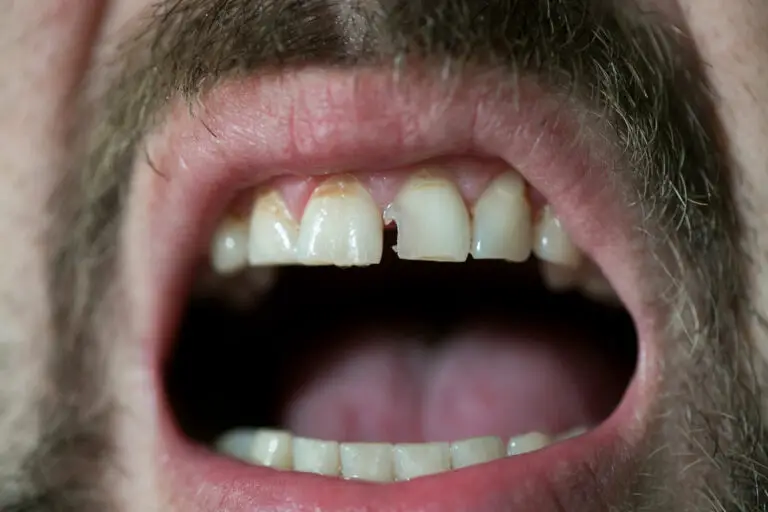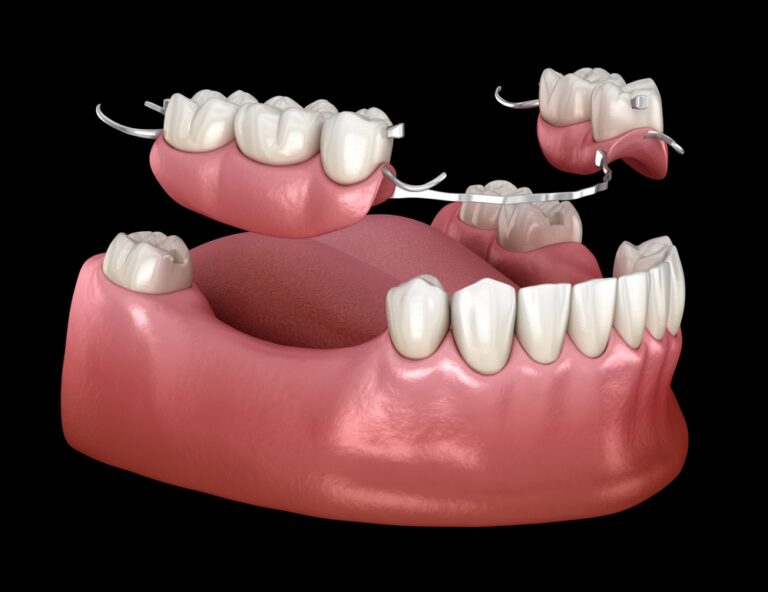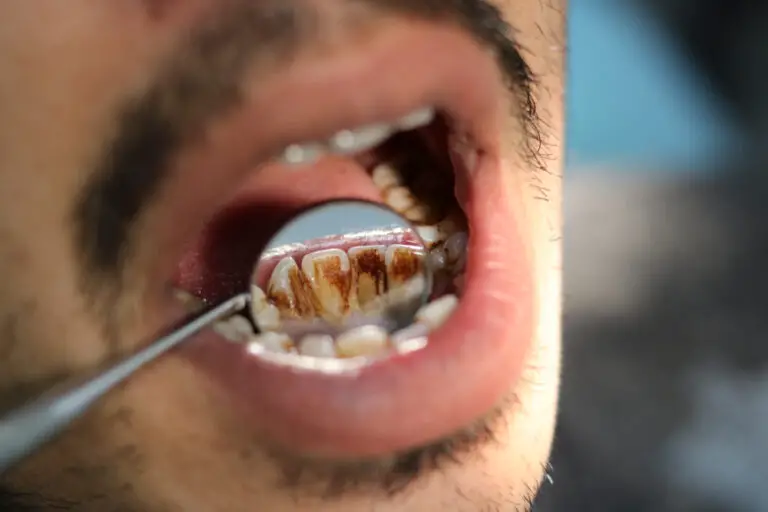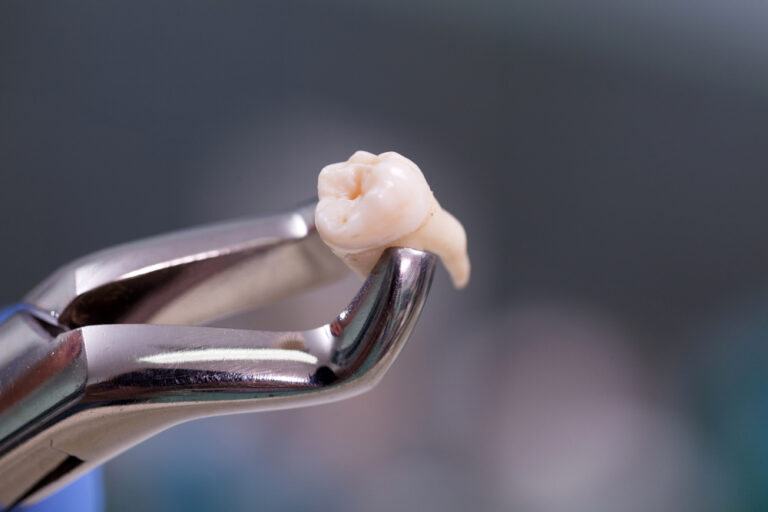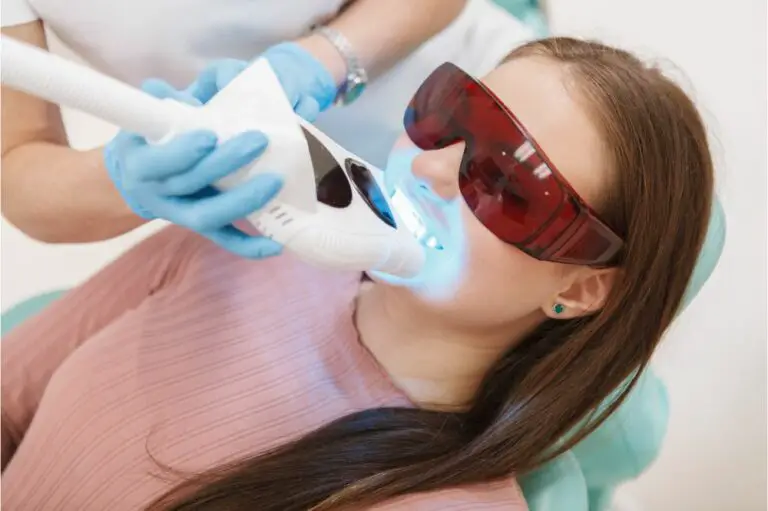Tooth grinding, also known medically as bruxism, is an involuntary rhythmic or spasmodic non-functional gnashing, grinding, and clenching of teeth. It is common in children, estimated to affect 14-38% of kids. Though usually painless in its milder form, severe bruxism can lead to dental problems if unchecked. Let’s explore the causes, signs, risks and treatments for teeth grinding in children.
What causes and triggers teeth grinding in kids?
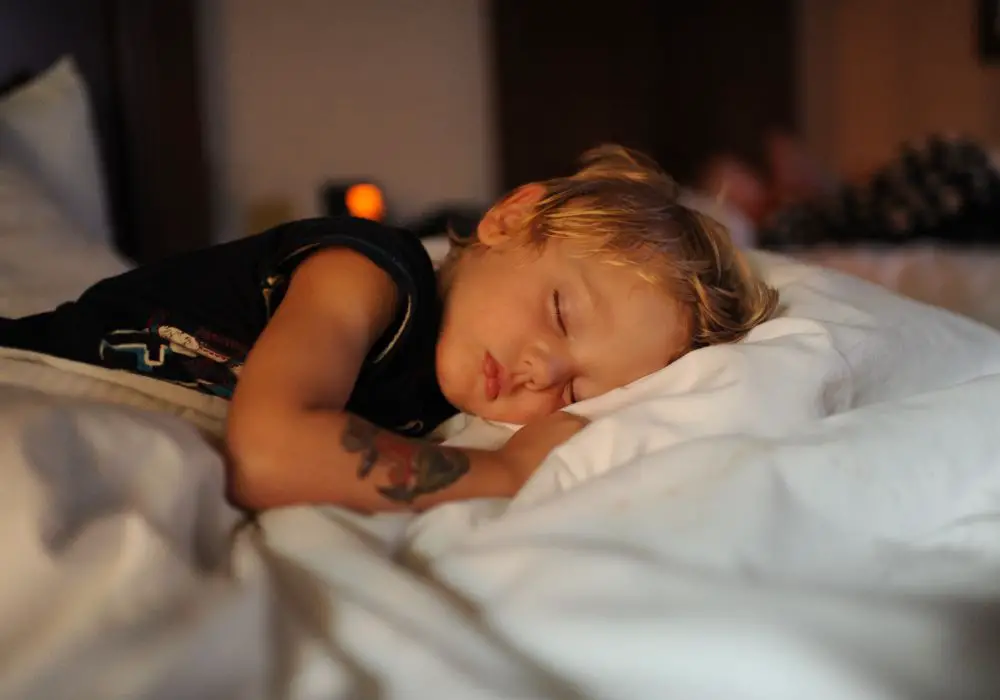
There is no definitive cause known for bruxism in children, but most experts agree it is likely multifactorial with the following factors contributing to the condition:
Physical or structural causes
- Teething – The pain and pressure of new teeth erupting in the gums can cause some babies to grind teeth for relief. First molars typically emerge around age 1-2 years which coincides with when some children first exhibit bruxism.
- Abnormal bite or malocclusion – When the teeth or jaws do not align properly, are overcrowded, or have an abnormal bite, it can put strain on the chewing muscles. This may unconsciously cause grinding to “correct” the bite.
- Birth defects – Developmental disorders like cerebral palsy that affect the cheeks, lips and tongue muscles can cause forceful grinding. Ear infections and hearing loss may also contribute.
Neurological causes
- Stress and anxiety – Emotional stress is thought to be a major trigger for bruxism. Things like a disrupted home environment, difficulties at school, changing schools, problems with peers, or major life changes can all spur teeth grinding unconsciously. It may serve as the child’s outlet for coping with frustration, anger, sadness, loneliness or hyperactivity.
- Sleep disruptions – Anything that interrupts the sleep cycle such as obstructive sleep apnea, night terrors, snoring, restless leg syndrome or uncontrolled asthma symptoms can trigger teeth grinding at night.
- Growth and development – Most children grind teeth in the phase when permanent teeth erupt between ages 3-6 years. The growing jaws put pressure on developing teeth and muscles which may initiate grinding. Most outgrow it once teeth are fully erupted.
- Medication side effects – Drugs used to treat psychiatric conditions like anxiety, depression and ADHD have bruxism as a reported side effect. Similarly, drugs used for asthma or allergies may also cause grinding due to their stimulant effects.
- Autism spectrum disorders – Studies show up to a third of children with ASD exhibit teeth grinding behaviors related to sensory issues, anxiety and repetitive mannerisms associated with autism.
- Genetic factor – Some genetic link is also likely as bruxism often occurs in close family members.
What are the signs and symptoms of teeth grinding in children?
Pay close attention for these physical, dental, and behavioral indicators of potential bruxism in your child:
Physical signs
- Audible grinding sounds – An obvious grinding, tapping, or crunching sound emanating from the child’s room overnight. Some describe it as the noise of “snoring with the teeth.” It may be intermittent or occur all through the night. Bed partners may notice or complain about it.
- Jaw, face, neck pain – Chronic grinding can strain the temporomandibular joint connecting the jaw bone to the skull. Muscles like the masseter and temporalis also get overworked. This leads to pain in the jaw joints, difficulty opening the mouth, tenderness in jaw and neck muscles, and even pain radiating to the temples, ears and back of the head upon waking.
- Headaches – Teeth clenching and bruxism commonly trigger chronic early morning headaches as the constant muscle tension puts strain on the skull and nerves. Pain may dissipate as the day progresses.
- Daytime sleepiness – Disrupted nighttime sleep makes the child tired, irritable and hyperactive by daytime.
- Indents on tongue/cheek – You may notice teeth imprints on the sides of the tongue or inner cheeks.
Dental signs
- Tooth sensitivity – Due to excessive grinding forces wearing down the teeth overnight, kids may complain of discomfort or sharp pain when eating hot, cold or sweet foods.
- Tooth fractures – You may notice small chips or cracks in the teeth enamel, especially along the biting edges. In severe grinding, teeth may fracture enough to require crowns or extraction.
- Flattened, worn teeth – Over time, the biting surfaces lose enamel and appear completely flat with a shiny polished look.
- Loosening teeth – Grinding may gradually loosen the teeth due to exerted pressures on the roots. This leads to reduced chewing ability.
- TMJ dysfunction – Long term bruxism is associated with impaired movement of the temporomandibular joint connecting the lower jaw. You may notice clicking, popping or locking sensations in the jaw joints.
Behavioral signs
- Chewing on objects – Child may have a habit of compulsively chewing on non-food objects like shirt sleeves, pencils or hair.
- Soreness while eating – Complain of jaw soreness or pain while chewing foods, especially fibrous textures like meat that require greater pressure.
- Speech issues – Some speech problems or lisping may arise.
- Bedwetting – Interestingly, some children with severe bruxism also deal with nighttime enuresis or bedwetting issues.
What complications can arise from chronic teeth grinding?

In mild occasional bruxism, there is usually no major cause for concern. However, when intense grinding occurs night after night over months to years, significant dental complications can develop:
- Accelerated tooth wear – The chronic grinding forces wear away the enamel layer and dentin over time. This also flattens the biting surfaces leading to a decreased vertical dimension of the face and bite misalignment.
- Increased dental caries – Loss of protective enamel exposes the softer dentin layer which is more vulnerable to acid and cavity formation. Kids who grind run a higher risk of dental decay.
- Periodontal disease – Gum recession and increased tooth mobility may occur over time due to the excessive pressure exerted on teeth and bone while grinding.
- Fractured or loose teeth – Clenching generates up to 80 pounds of force on the teeth. This can crack teeth down to the roots and eventually loosen or displace teeth.
- Need for extensive dental work – Correcting severe tooth wear, fractures, attrition, and occlusal issues caused by chronic bruxism may require crowns, bridges, orthodontics, or dental implants.
- Temporomandibular joint disorder – Long term grinding is linked to problems with the TMJ like impaired mobility, pain, popping, and arthritis. Headaches and earaches are common symptoms.
- Impact on quality of life – The damage and pain caused by intense bruxism can greatly reduce one’s chewing ability. It affects nutrition intake and ability to function optimally.
Getting prompt treatment is key to avoid the above irreversible consequences of grinding and clenching.
When should I take my child to a dentist for bruxism?
Make an appointment with a pediatric dentist promptly if you notice any of the following:
- Teeth grinding occurs routinely (3-4 nights a week) and has persisted over 2-3 weeks
- Grinding is loud enough to disrupt others’ sleep
- Your child’s teeth show signs of damage – chips, cracks, pain
- Jaw pain, headaches, earaches are reported
- Medical issues arise requiring medication that causes bruxism
- Emotional problems, developmental disorders or sleep issues seem related
- Grinding worsens or fails to improve after trying home remedies
The dentist can check for dental complications and the degree of bruxism based on tooth wear. They can also evaluate for malocclusion, rule out other disorders, and fit the child with an occlusal night guard if required.
Professional treatment options for bruxism
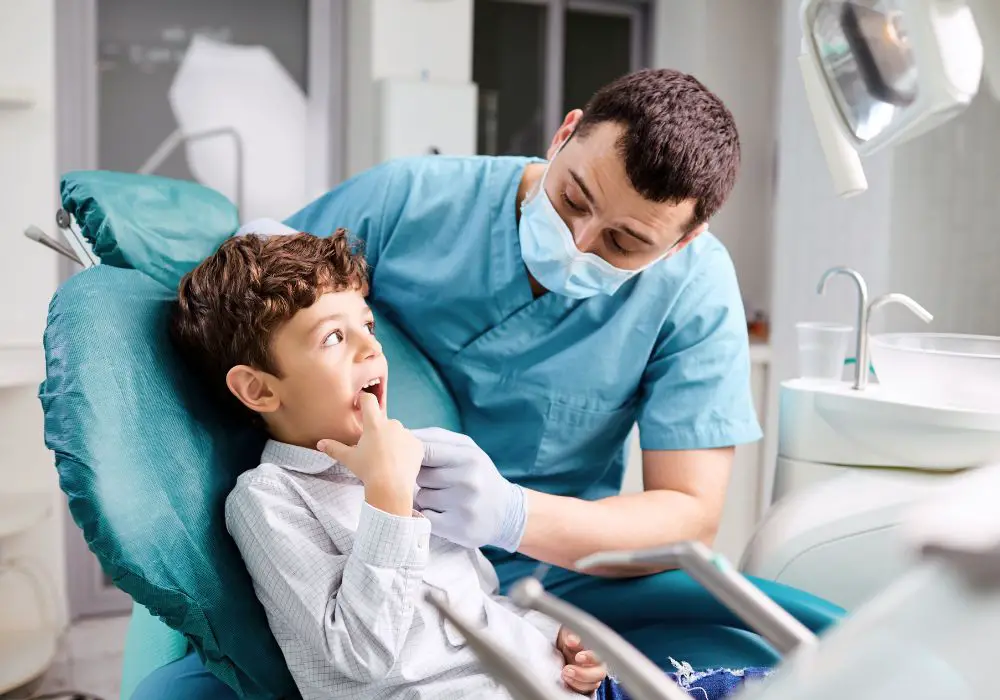
If home therapies don’t curb teeth grinding, a pediatric dentist may suggest:
Dental approaches
- Occlusal splints and mouth guards – Custom made acrylic dental splints are the mainstay treatment. These guards shield the teeth from grinding damage at night. They also reduce muscle strain and alignment issues. Regular use for a few months can help diminish the grinding habit long term.
- Improving dental occlusion – Corrective steps like orthodontics, selective grinding, or dental restorations may be needed to optimize the bite and harmony of the jaw if malocclusion is causing bruxism.
Medical approaches
- Medication – Muscle relaxants, antidepressants or sedatives may be prescribed in some cases to reduce grinding and improve sleep. But these have side effects and limited long term benefits.
- Treating associated disorders – If bruxism is occurring secondary to diseases like reflux, asthma, allergies or ADHD, then treating the primary disorder helps resolve grinding as well. This requires collaboration with the child’s pediatrician.
- Physiotherapy and massage – Gentle jaw muscle massage techniques and exercises can help strengthen and relax the chewing muscles and reduce associated headaches and pain.
- Counseling – If emotional turmoil or anxiety is suspected, counseling to equip the child with stress management skills may be advised along with family therapy.
- Biofeedback – Using devices that alert the child when grinding occurs at night can help change behavior through feedback.
Lifestyle remedies to manage bruxism at home
Alongside professional help, parents can implement these simple home strategies to relieve discomfort and reduce teeth grinding:
Promote muscle relaxation
- Give the child a gentle warm compress or massage the face and jaw muscles before bed to release tension. Massaging with a warm wet towel can soothe sore muscles upon waking too.
- Teach simple facial and jaw stretches and exercises to practice during the day.
- Maintain proper tongue posture and breathing techniques that relax jaw tension.
Improve bedtime routine
- Set a consistent, relaxing pre-bed routine like taking a warm bath and reading a calming story.
- Ensure the sleep environment is comfortable – not too warm, with night light if needed.
- Limit caffeinated drinks after lunchtime.
- Shut off all electronics and screens 1-2 hours before bedtime. The blue light stimulates and delays sleep.
Address emotional issues
- Talk to your child and try to identify any worries or emotional problems that require attention. Offer reassurance.
- Avoid scolding or stress close to bedtime. Express anger and frustration earlier in the day.
- Help your child develop constructive outlets for anxiety or hyperactivity like journaling.
Adjust diet
- Avoid chewy, crunchy, sticky foods at dinnertime and night that overwork the jaw muscles.
- Provide softer foods, soups, eggs, yogurt and milk which require less grinding and facilitate sleep.
Consider over-the-counter mouth guards
- Have your child wear a soft store-bought night guard to shield the teeth until you can get a custom one made.
Use pain relief medication
- Give anti-inflammatory pain medication like ibuprofen as needed in the morning to relieve pain and inflammation from nighttime clenching.
With diligence, patience and a combination of professional dental care and home remedies, bruxism can be overcome allowing your child’s teeth and joints to develop properly.
At what age does bruxism in children stop?
Most children outgrow grinding tendency as their bite alignment improves by age 6-7 years along with emerging adult teeth. However, adults report a history of childhood bruxism in around 20% cases, indicating it persisted. About 13% of American adults are affected by ongoing bruxism that may cause significant dental damage, temporomandibular disorder and sleep disruption. The problem tends to worsen with age due to factors like anxiety, medication use and dental disease. Lifelong grinding can be hard to treat.
Can teeth grinding in toddlers cause problems?
Many parents wonder if toddler teeth grinding matters. In infants, teeth grinding may be normal emergence of first molars. However, around 10-15% of 1-3 years olds exhibit bruxism concerning enough to require management. Frequent forceful grinding can damage baby teeth. It puts strain on the underdeveloped jaw joints and muscles leading to pain. This can affect chewing, speech development and growth of permanent teeth. Consult a pediatric dentist early to avoid complications like decay in baby teeth that causes permanent tooth loss later on.
Frequently asked questions about bruxism
Can teeth grinding cause speech problems?
Excessive grinding can change the alignment or spacing of teeth over time. This affects the mouth’s ability to form sounds and may result in a lisp or indistinct speech. Severe bruxism and muscle strain also hinders the tongue’s mobility needed for speech.
Why does my child grind teeth during the day?
Most bruxism happens unconsciously at night. But a subset of children clench or grind teeth even while awake to relieve anxiety or tension. Daytime grinding warrants prompt attention as it signifies emotional problems or pain from dental issues like an abscess.
What helps stop teeth grinding at night?
Seeing a dentist is key for custom night guards and to treat underlying dental causes. Massage, warm compresses, stress reduction, mouth guards, and medication can provide relief temporarily. However, long term resolution depends on dealing with factors like anxiety, sleep disorders and bite problems.
At what age is teeth grinding normal?
Mild teeth grinding with emergence of baby teeth around 1-2 years is normal and passes quickly. Grinding that begins mysteriously at age 5-6 years often resolves as the bite settles. Any grinding causing pain or damage and persisting past age 7 years is concerning and requires dental evaluation and management.
Is teeth grinding genetic?
Studies reveal close family members of teeth grinders are 3-8 times more likely to have bruxism, indicating a genetic component. However, environmental influences like parental smoking and stress also raise children’s risk. Genetics alone cannot predict whether a child will develop bruxism or not. Stay vigilant for early signs.
In summary, teeth grinding or bruxism in children is often transient but can lead to long term dental complications. Ensure good sleep habits, minimize child’s anxiety, improve diet, and use mouth guards. See a pediatric dentist promptly if grinding is frequent or causes damage. Problems like misaligned bite, ADHD and sleep apnea may need management alongside bruxism treatment. With diligence and professional dental care, your child can outgrow this common problem.

